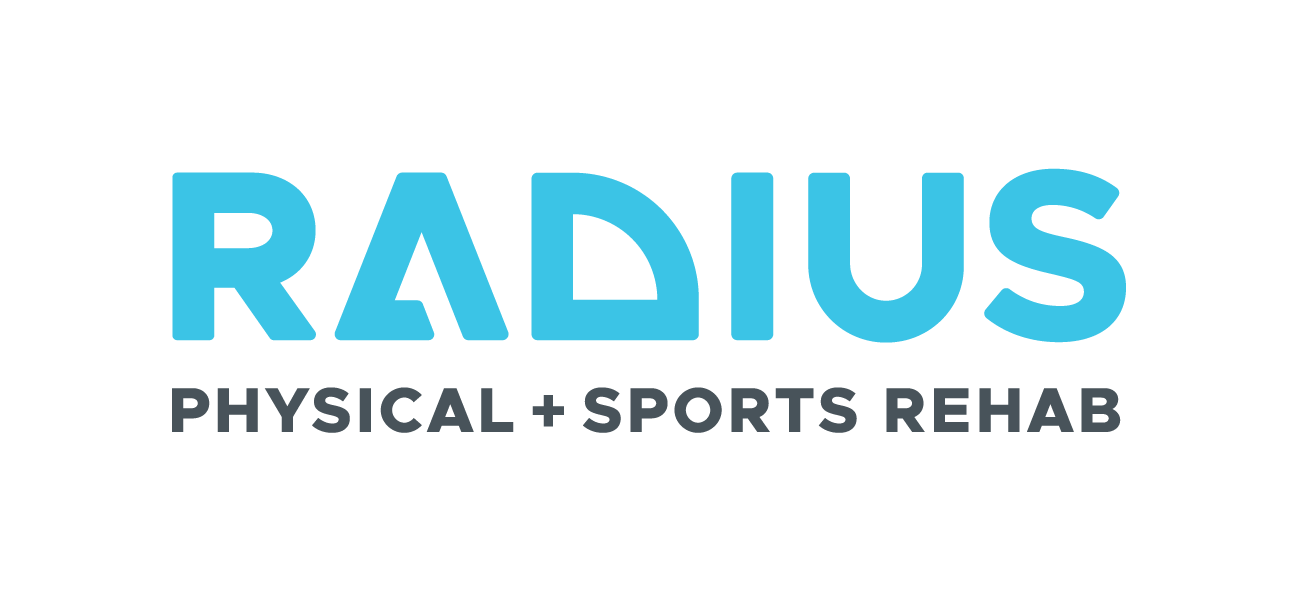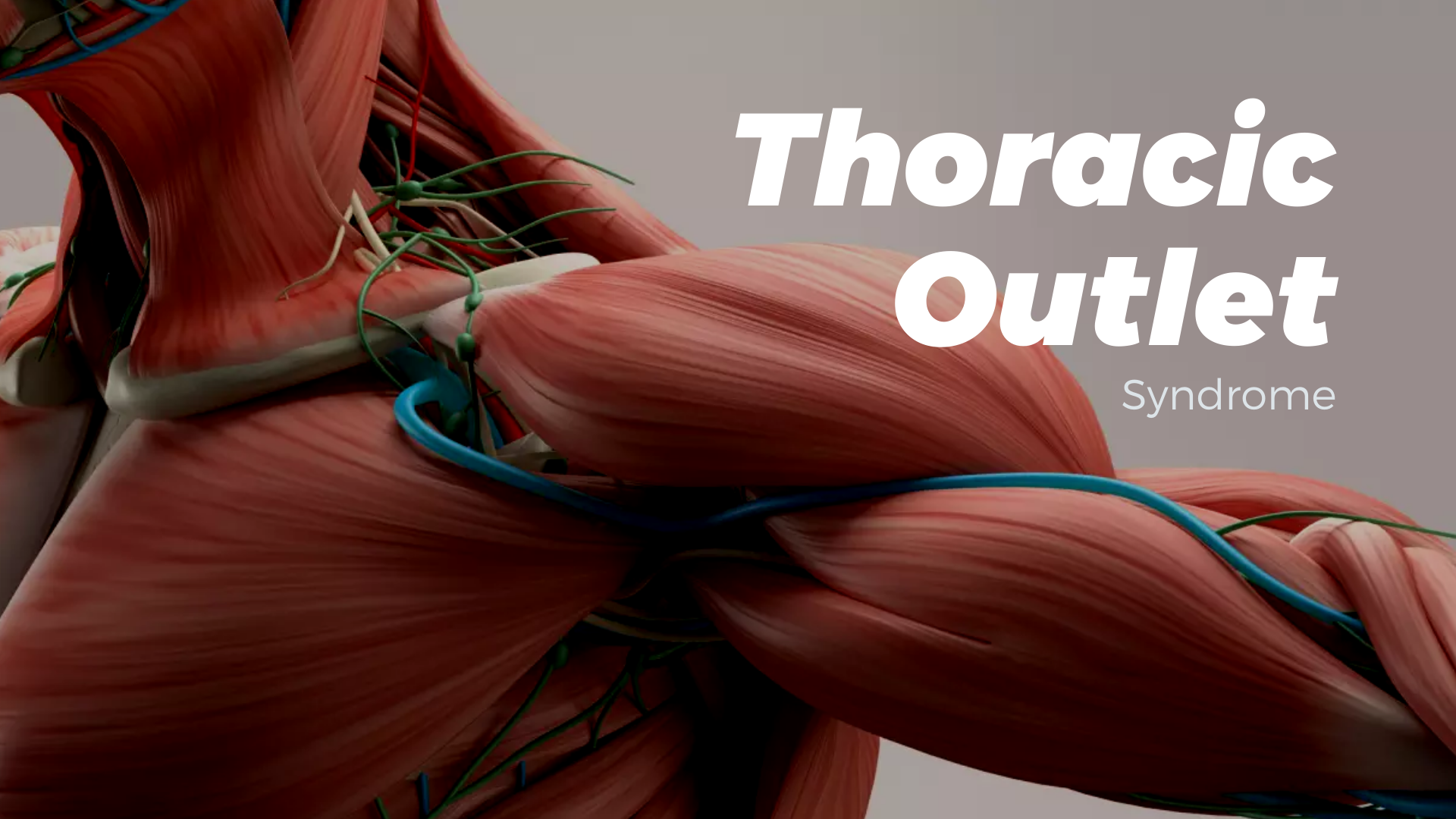Thoracic Outlet Syndrome refers to compression of the brachial plexus and/or the subclavian/axillary arteries which are located along the lower neck and upper chest region (in the region of the thoracic outlet).
Presentation
Thoracic outlet syndrome, also known as TOS, occurs when there is a compression of the neurovascular structures that exit through the anterior neck and shoulder. This can be vascular or neurological in nature and commonly stems from postural changes, hypertonic or tight musculature (most common the scalene and pec muscles), and/or anatomical variants such as a cervical rib.
Individuals with TOS may experience symptoms ranging from pain, numbness and/or tingling in the arm and down to the fingers. Symptoms are typically aggravated with activities which involve the arms being overhead. Research has shown that TOS tends to be more common in women compared to men.
Cause
There are a number of causes of TOS including trauma to the region, muscular compression from the scalene muscle group or the pectoralis minor muscle, a cervical rib or elongated C7 transverse process which are anatomical anomalies.
Symptom presentation can range from neck and shoulder pain with associated upper extremity paresthesia - tingling, numbness, weakness, heaviness in the arm, or hand. Typically patients will report an increase in symptoms during sleep, overhead activity, and prolonged computer usage that often results in forward head posture and shoulders that roll anteriorly.
How We Can Help
A musculoskeletal specialist, like our providers here at Radius, should be the first line of defense for a TOS diagnosis. We can help through education, targeted manual therapy, and prescription of specific exercises and stretches to help decrease symptom frequency and severity, helping you to get back to 100%! Research demonstrates that Thoracic Outlet Syndrome commonly responds favorably to conservative treatment. Identifying activities and postures which aggravate TOS is an important component which can be helped by consulting with your musculoskeletal specialist (we’re here for you!). Soft tissue therapy as well as specific stretches and strengthening exercises which are specific to your particular cause of TOS, and mobilizing potential problem areas are all crucial components of treatment also. In rare cases surgery may be needed however the majority of individuals experience complete relief with conservative care alone.
Article authored by Dr. Dani Diaz, DC together with Dr. Hannah Flammang, DC. To schedule an appointment with Dr. Dani Diaz, DC or Dr. Hannah Flammang, DC in person or via telehealth click here.
The views expressed in this article intend to induce conversation. This article is not, nor is it intended to be, a substitute for professional medical advice, diagnosis, or treatment, and should never be relied upon for specific medical advice.



